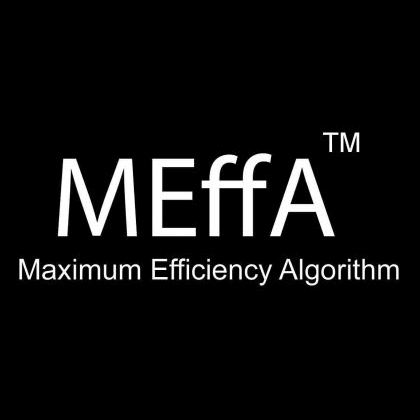SmartSDR v4.1.3 | SmartSDR v4.1.3 Release Notes
SmartSDR v3.10.15 | SmartSDR v3.10.15 Release Notes
The latest 4O3A Genius Product Software and Firmware
Need technical support from FlexRadio? It's as simple as Creating a HelpDesk ticket.
Only getting 700 watts output with 50 watts input??????
Is there some sort of secret to get the amplifier to output 1.5K? If I read correctly 50 watts input should produce full output. Or, did I misunderstand something? My VAC is 245, so that should not be an issue? Is there some sort of setting that I need to do on the Flex or something to get full output power?
Mark Griffin, KB3Z
Comments
-
Well, I found the solution to the problem. I had in the PGXL program MEFFA Enabled. And evidently you should not have that enabled if you want full output power. I now have an input of 45 watts getting 1400 watts out. Live and learn as they say.
Mark Griffin, KB3Z
0 -
MEFFA is used in some Modes and not others, here is what 4O3A says about it who actually designed the PGXL's.
hope this explains it MEffA
On the other hand I have never seen the PGXL being in MEffA mode drop the Power in half, BUT there are occasions I have heard of when some firmware versions will make the Amp think it is being powered by 125V instead of 250V which I would rather think is what you have experienced.
If your not running the latest firmware I would suggest you upgrade to the latest version.
Also DO NOT try the firmware update running a WiFi connection rather use a wired connection, I have had the update crash and cause me issues using WiFi.
MEffA
What is MEffA? And when to use MEffA, Mode AB, or Mode AAB.
MEffA was invented by 4O3A himself and stands for (Maximum Efficiency Algorithm) and this feature noticeably increases the efficiency of the amplifier when processing constant level tones or non-AM signals, such as CW, RTTY, FM or FT8 type signals. It works by decreasing the drain Voltage on the amplifier devices, requiring more drive, which moves the amplifier closer to a higher efficiency “Class C” operation. It is only available in “AB” mode.
It is not applicable to amplify signals with a varying amplitude, such as SSB, AM, or FT8. These modulation modes require the use of Mode “AAB” which provides maximum linearity, but at a lower efficiency than Mode “AB” because you are operating closer to operating the amplifier at Class “A”.
Important Note: Though the MEffA box may be checked in the PGXL Windows App, it is active only when the amplifier is in Mode “AB” and has no effect in Mode “AAB”. You can operate in Mode “AB” without MEffA enabled, which still offers mild improvements in amplifier efficiency, especially for constant level signals, relative to maximum amplification linearity.
Adjustment of MEffA at a desired power level requires a “tuning” procedure.
Key the amplifier with a “Tune” or drive signal, to establish the desired output.
Unkey the amplifier then re-key. (You may note that the amplifier drops the Drain Voltage and see the corresponding drop in output level). This is MEffA working.
Increase drive to re-establish the desired output level. Then repeat the process (starting with step 2 until the desired output power is achieved for every time keyed.
You are now ready to operate.
If you don’t want to go through this process, you can leave MEffA off (box unchecked in the PGXL Windows application) and use a fixed drive level that should always correspond to a fixed power output for a given band.
0 -
Thanks Bret for the enhanced explanation.
Mark KB3Z
0
Leave a Comment
Categories
- All Categories
- 379 Community Topics
- 2.1K New Ideas
- 631 The Flea Market
- 8.2K Software
- 123 SmartSDR+
- 6.4K SmartSDR for Windows
- 184 SmartSDR for Maestro and M models
- 430 SmartSDR for Mac
- 271 SmartSDR for iOS
- 259 SmartSDR CAT
- 193 DAX
- 382 SmartSDR API
- 9.3K Radios and Accessories
- 39 Aurora
- 265 FLEX-8000 Signature Series
- 7.2K FLEX-6000 Signature Series
- 949 Maestro
- 56 FlexControl
- 866 FLEX Series (Legacy) Radios
- 925 Genius Products
- 463 Power Genius XL Amplifier
- 337 Tuner Genius XL
- 125 Antenna Genius
- 297 Shack Infrastructure
- 209 Networking
- 460 Remote Operation (SmartLink)
- 144 Contesting
- 788 Peripherals & Station Integration
- 139 Amateur Radio Interests
- 1K Third-Party Software

